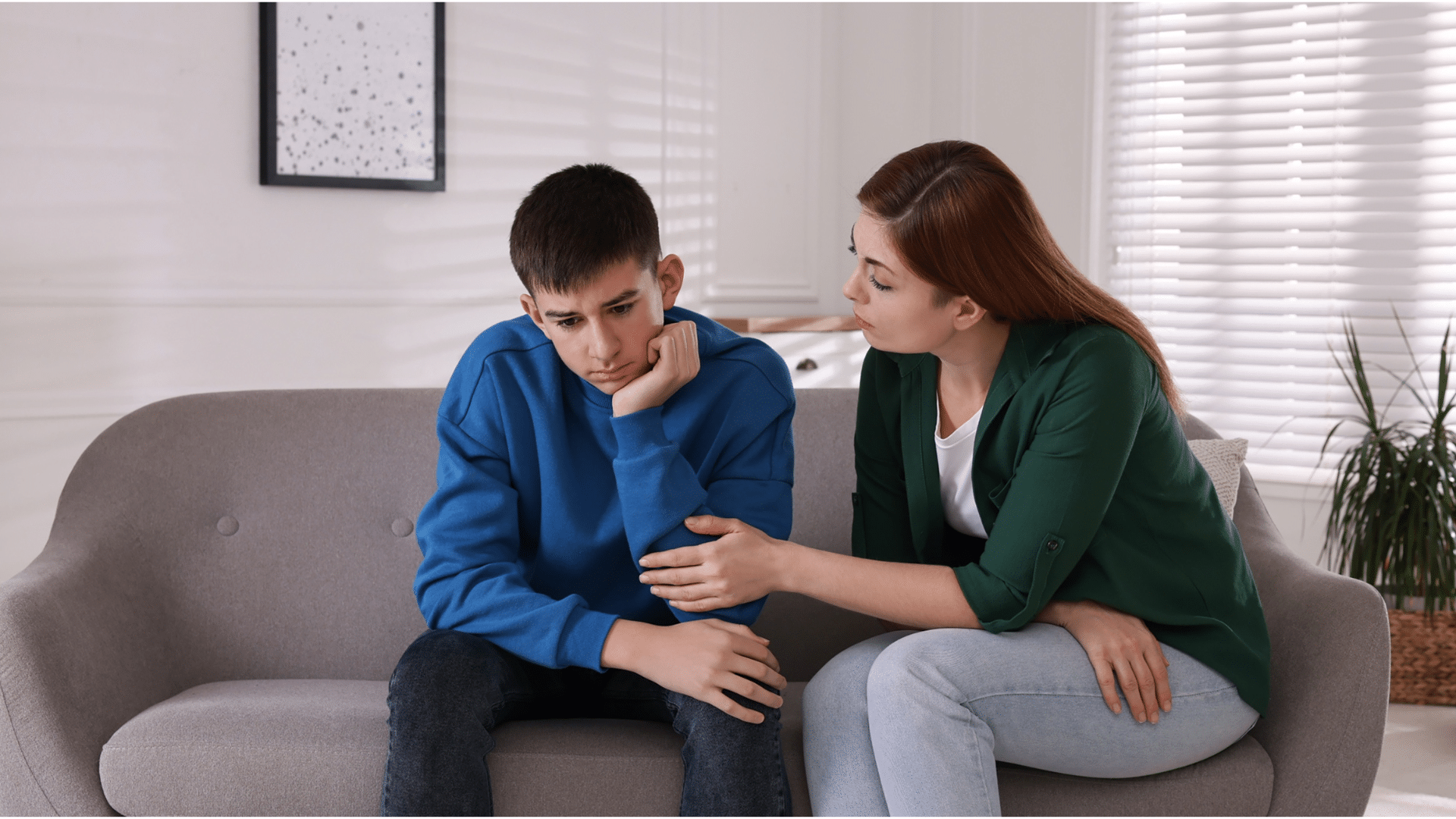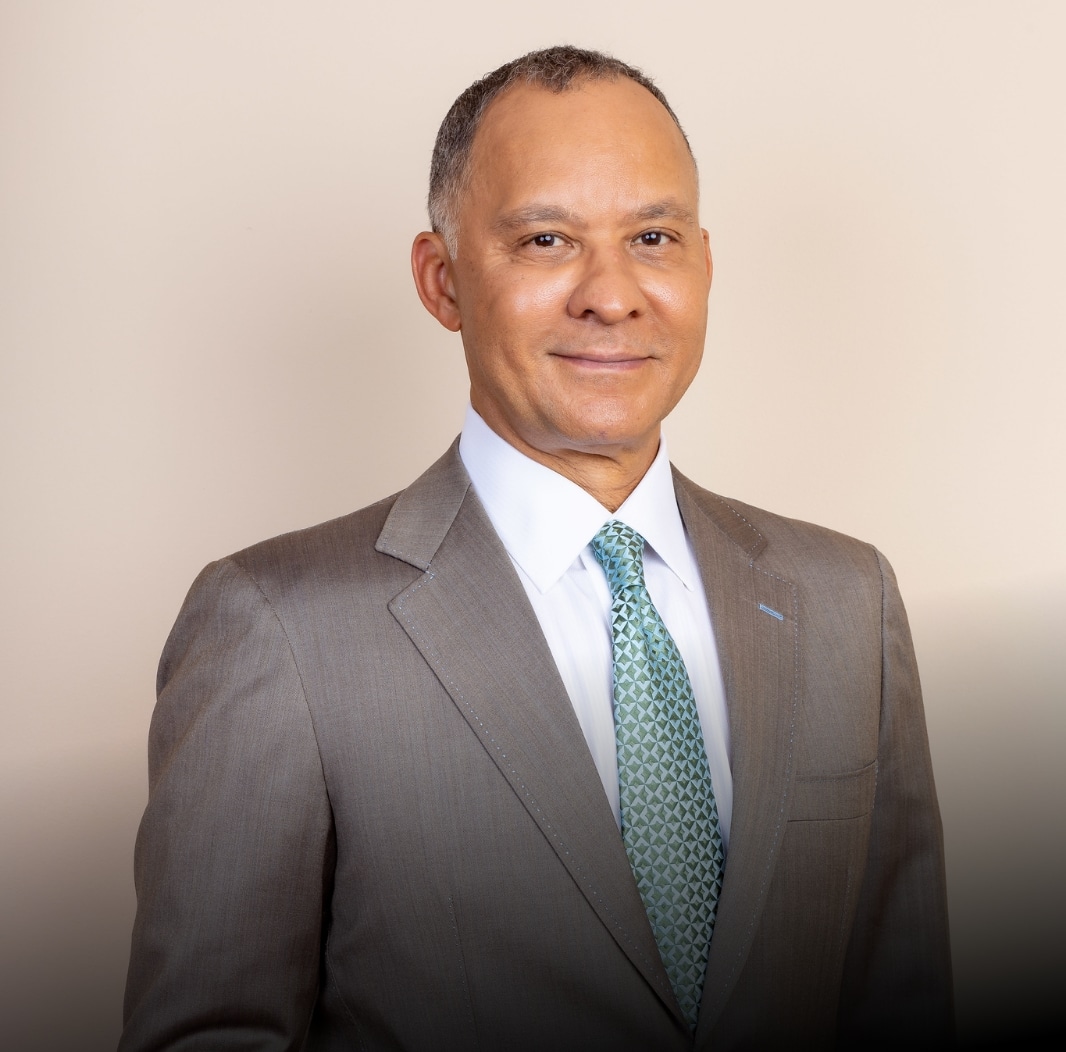A Parent’s Perspective Navigating Teenage Gynecomastia

Navigating the challenges of raising a teenager can be daunting, and when your child experiences a condition like gynecomastia, it can be even more overwhelming. From a parent’s perspective navigating teenage gynecomastia, exploring the causes, symptoms, and surgical and non-surgical options is crucial in providing the necessary support and guidance to help your child navigate this challenging period.
Understanding Teenage Gynecomastia
Teenage gynecomastia is characterized by excess breast tissue in adolescents, which can be caused by normal, breast tissue development, drug use, or hormonal imbalances due to illness. It’s essential to recognize that gynecomastia affects a significant number of adolescent males, with around 75 to 90% experiencing self-limited gynecomastia during puberty. As parents, understanding the causes and prevalence of this condition allows for better support and guidance for your child.
To provide the best support, it’s essential to be aware of the various factors that contribute to gynecomastia, such as puberty, underlying illness, and certain medications. By recognizing these factors, parents can more effectively identify the signs and help their child seek appropriate medical intervention when necessary.
Hormonal Imbalance
Hormonal imbalances during the pubertal stage are adolescents’ primary cause of gynecomastia. This can lead to glandular tissue growth, breast growth, and breast enlargement, which may be a source of physical discomfort and emotional distress for your child. It is essential to understand that hormonal changes are a natural part of puberty, and in many cases, the condition may resolve on its own over time.
However, in some instances, hormonal imbalances may require medical intervention. Endocrine investigations, such as measuring serum concentrations of testosterone, estradiol, gonadotrophin, prolactin, and thyroid function tests, may be conducted to determine the underlying cause of hormone changes and appropriate treatment options. Anti-estrogen medications, such as tamoxifen, are potentially efficacious in treating pubertal gynecomastia, although more research is needed to validate this indication.
Prevalence
Gynecomastia is a frequent condition, affecting approximately two-thirds of adolescent males. Besides hormonal imbalances, underlying illnesses like liver disease, kidney disease, and male breast cancer may also contribute to developing gynecomastia. Additionally, behaviors like illegal drug use and excessive steroid intake have been observed as primary causes of excessive male breast tissue, which includes fat tissue, in young men and boys. This can sometimes lead to severe gynecomastia, requiring medical intervention.
Awareness of the prevalence of gynecomastia and the potential contributing factors can help parents better understand and support their children through this challenging time.

Recognizing the Symptoms
As a parent, it’s important to recognize the physical signs and emotional impact of gynecomastia in order to provide appropriate support for your child. From enlarged breast tissue to emotional distress, these symptoms can significantly affect your child’s well-being.
By being aware of the signs and symptoms, you can facilitate early intervention and ensure your child receives the necessary care and support.
Physical Signs
Physical indications of teenage gynecomastia include enlarged breast mounds that may be painful or tender, presenting a rubbery or firm texture. The swelling can be both uneven and even and may cause discomfort in the chest region. Being aware of these physical signs can help parents identify the condition early on, allowing for timely medical intervention and support.
It’s crucial to discuss any accompanying pain or discomfort with your child’s pediatrician, as well as any potential medications or substances that may be contributing to the condition. Early identification and treatment of gynecomastia can help minimize the impact on your child’s physical and emotional well-being.
Emotional and Social Impact
Gynecomastia can have a profound emotional and social effect on adolescents. Feelings of humiliation, unease, and dejection are common among those affected by the condition. Moreover, adolescents with gynecomastia may experience bullying, teasing, and social alienation, further exacerbating their emotional distress.
To help your child cope with gynecomastia’s emotional and social challenges, encourage them to speak with a trusted adult or professional about their feelings and experiences. In addition, promote self-care and focus on the positive aspects of their life to help build their self-esteem and confidence in the face of adversity.
Seeking Professional Help
Consulting with healthcare professionals is essential for correctly diagnosing and treating gynecomastia. By seeking professional help, parents can ensure their child receives the most appropriate care and support tailored to their needs and circumstances.
This may involve a pediatrician consultation, referral to specialists, or even exploring various treatment options, such as medication, plastic surgery, or lifestyle modifications.
Pediatrician Consultation
It is essential to discuss concerns and symptoms associated with gynecomastia with a pediatrician. During the conversation, it is critical to address the duration of breast enlargement, any pain or distress experienced, family history of gynecomastia or other hormonal disorders, and any medications or substances taken by the teenager, including supplements or steroids. The pediatrician can guide potential causes, diagnostic tests, and treatment options to ensure that the child receives appropriate care for their condition. In some instances, the pediatrician may recommend further investigations and assessments. Depending on the child’s age and assessment results, this could involve consulting with a pediatric endocrinologist. By seeking advice from a specialist in this field, parents can ensure that their child receives comprehensive information and access to all available treatment options for gynecomastia.
Referral to Specialists
Pediatricians may refer patients to specialists, such as endocrinologists or those in the field of plastic surgery, for further evaluation and treatment of gynecomastia. These specialists can offer more in-depth knowledge and expertise, allowing for a more personalized approach to the management, clinical assessment, and treatment of your child’s condition.
By seeking the guidance of specialists, parents can ensure their child receives the most appropriate care and support throughout the gynecomastia treatment process.

Meet DR. DELGADO
Board-Certified Plastic Surgeon
Dr. Delgado is an award-winning gynecomastia surgeon with 30+ years of experience treating some of the most complicated cases of male breast growth around the world. He is also the owner and operator of Gynecomastia.org, the largest gynecomastia forum in the world that has the goals of educating, supporting, and offering guidance to those men and families affected. Dr. Delgado is an expert in the field and donates his time toward both the treatment of gynecomastia and the advocacy of education in the surgical community.
VIEW FULL BIOTreatment Options for Teenage (Adolescent) Gynecomastia
The treatment options for adolescent boys with gynecomastia depend on the severity and underlying cause of the condition. Non-surgical treatments, such as medications and lifestyle changes, may be appropriate for some cases. At the same time, surgical procedures like liposuction or male breast reduction surgery may be necessary for more severe cases of gynecomastia. By exploring various treatment options with a gynecomastia specialist, like Dr. Delgado, parents can ensure their child receives the most effective and appropriate care for their needs.
It’s essential to consider the potential risks and benefits of each treatment option and the long-term prognosis and follow-up care required for your child. By being informed and proactive in seeking treatment, parents can play a crucial role in helping their children navigate the challenges of gynecomastia and improve their overall well-being.
Non-Surgical Treatments
Non-surgical treatments for gynecomastia include medications, lifestyle modifications, and addressing underlying health conditions. Although there are currently no Food and Drug Administration-approved prescriptions or over-the-counter medications specifically for treating gynecomastia, some anti-estrogen drugs, such as tamoxifen, have shown potential efficacy in reducing breast size and alleviating associated discomfort.
Lifestyle modifications, such as weight loss, exercise, and avoiding certain medications, can also play a role in reducing the size of the breasts and alleviating gynecomastia symptoms. Parents need to work closely with healthcare professionals to determine the most appropriate non-surgical treatment options for their child, considering their gynecomastia’s specific causes and severity.
Surgical Procedures
In moderate to severe cases of gynecomastia, surgical procedures may be necessary to provide relief and improve the appearance of the chest. Surgery for gynecomastia, or male breast reduction surgery, involves the removal of excess male breast glandular tissue and, in some cases, excess skin. These procedures can offer a significant improvement in the appearance of the chest and relief from physical discomfort associated with gynecomastia.
It’s crucial for parents and their children to discuss the potential risks and benefits of surgical procedures with their plastic surgeon, as well as the anticipated plastic surgery outcomes and post-operative care requirements. By being well-informed about the available surgical options, parents can support their children in making the best decision for their needs and circumstances.
Supporting Your Teen Through the Process
Emotional support and guidance are crucial for parents of a teenager with adolescent gynecomastia. By maintaining open communication, focusing on building their self-confidence, and assisting them in seeking appropriate medical intervention, parents can play a vital role in helping their child navigate the challenges of adolescent gynecomastia.
Together, parents and their child can work towards improved well-being and self-esteem, ensuring a brighter future.
Open Communication
Maintaining open communication with your teen about their gynecomastia concerns is essential for providing emotional support and fostering a sense of understanding. Please encourage your child to express their emotions openly and assure them that you are there to listen and help in any way possible. By being candid and empathetic, you can create a safe and supportive environment for your teen to discuss their gynecomastia-related experiences and concerns.
In addition to discussing their feelings, open communication allows parents to provide their teen with the necessary resources and information to make informed choices about their treatment options. By working together and maintaining open lines of communication, parents can help their child navigate the challenges of gynecomastia with confidence and support.
Building Confidence
Helping your teen build confidence and self-esteem is crucial for their emotional well-being during their journey with adolescent gynecomastia. Please encourage your child to focus on their strengths and accomplishments rather than solely on their physical appearance. This can help foster a positive self-image and improve their overall mental health.
In addition to promoting a positive self-image, parents should provide their child with the necessary resources and support to seek appropriate medical intervention. By offering guidance and encouragement throughout the treatment process, parents can help their child overcome the emotional and physical challenges of adolescent gynecomastia and ultimately improve their self-esteem and quality of life.
Preparing for Surgery and Recovery
As a parent, helping your child prepare for surgery and recovery is essential to the gynecomastia treatment process. This involves discussing the surgical procedure, risks, and expected outcomes with the plastic surgeon and understanding the necessary post-operative care to ensure a smooth recovery.
Parents can play a vital role in ensuring their child’s well-being and long-term success by being proactive in their child’s treatment and recovery.
Pre-Operative Planning
Pre-operative planning is a crucial step in the gynecomastia treatment process. Parents should discuss the details of the surgical procedure, potential risks, and anticipated outcomes with the surgeon before the surgery. This will help parents and their child make informed decisions about the best treatment options for their needs and circumstances.
In addition to discussing the procedure with the surgeon, parents should ensure their child is well-prepared for the surgery by maintaining a stable weight and adhering to any guidelines regarding eating and drinking before the surgery. Parents can help their child feel more confident and prepared for the surgical process by taking the necessary steps in pre-operative planning.
Post-Operative Care
Post-operative care is essential for a smooth recovery and minimizing the likelihood of complications following gynecomastia surgery. Parents should ensure their child follows the surgeon’s instructions for wound care, pain management, and activity restrictions. This may include keeping the wound clean and dry, refraining from strenuous activities, and avoiding direct sunlight exposure.
In addition to following the plastic surgeon’s instructions, parents should also be prepared to provide emotional support and encouragement throughout the recovery process. By being there for their child and offering reassurance and assistance when needed, parents can play a crucial role in helping their child recover from adolescent gynecomastia surgery and regain their confidence and well-being.
Summary
In conclusion, dealing with teenage or adolescent gynecomastia can be challenging for parents and their child. By understanding the causes, recognizing the symptoms, seeking professional help, exploring treatment options, and providing emotional support, parents can play a crucial role in helping their child navigate the challenges of adolescent gynecomastia. Together, parents and their child can work towards improved well-being, self-esteem, and a brighter future.
Frequently Asked Questions
How can a 15-year-old get rid of gyno?
For a 15-year-old, the most common advice for getting rid of gyno is to wait; gynecomastia typically subsides within a few months to a couple of years. If the male breast tissue does not reduce, a consultation with a gynecomastia specialist would provide a solution.
Is it normal for a 15-year-old to have gynecomastia?
For a 15-year-old, the most common advice for getting rid of gyno is to wait; gynecomastia typically subsides within a few months to a couple of years. If the male breast tissue does not reduce, a consultation with a gynecomastia specialist would provide a solution.
Why does my 13-year-old son have big nipples?
During puberty, fluctuations in hormone and testosterone levels can cause estrogen to stimulate breast tissue growth in female breasts and boys, resulting in larger nipples. This is common in teenage boys with the peak incidence during puberty.
Can a 14-year-old get gynecomastia surgery?
It is not unusual for teenagers as young as 14 to be recommended for gynecomastia surgery based on an individual assessment. However, if the gynecomastia is significant and the child has severe psychological and social problems which interfere with normal childhood development, then it may be considered. Dr. Delgado has operated on young teenagers with a team approach with the pediatrician, endocrinologist, social worker, if appropriate, and the parents.
If the symptoms of gynecomastia have been present for more than 2 years with no other potential causes, surgery may be suggested.
What are the main causes of teenage gynecomastia?
The main causes of teenage gynecomastia are hormonal imbalances during puberty, drug use, and underlying illnesses.













